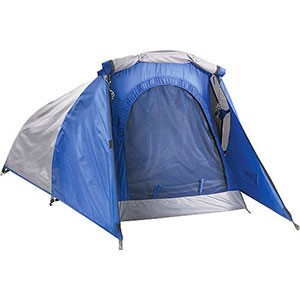

During all the travel, as each of my homes was replaced by another, again, another, again, those seventeen times, the world loosened for me into flexible components: the view from another kitchen window, shadows cast by unfamiliar trees, my self refracted through more strangers in a new classroom. So like any nomadic child, I learned to apprehend places differently than settled people. My parents drifted over my brother and me like mostly sunny, sometimes unpredictable weather systems able to cyclone us suddenly around the planet-to the streets of Lahore, Rome, Cairo, Dublin, Panama City, and Bangkok of Kathmandu, Edinburgh, Bogotá, Heidelberg, Jubail, Amsterdam, and Nairobi of Hong Kong, Athens, Mombasa, Kuwait City, Frankfurt, London, and Abu Dhabi. What are “we” trying to find there? What do we create from mobility, from the drive that transfuses the imagination and reroutes the intellect into maps we can’t help but follow? My mother quotes her Tigris, Missouri-born father on his own family’s restlessness: “We are called to the next mountain.” Their hunger for distance-and thus mine-seems inborn, intractable. Why did my parents do this? For the money, yes, but probably not any more money than had they stayed put. And my parents, not to be stymied by the continent’s Pacific coastline, leapt up like a sneaker wave and landed in Saudi Arabia. Then their descendants surged through one frontier after another, inexorably west, until all my great-grandparents were born west of the Mississippi all my grandparents raised their kids in Washington, Oregon, or California. Three to four hundred years ago, these people boarded wooden ships from Atlantic Europe to North America and landed in a history lesson of the colonies-Plymouth, New Amsterdam, Massachusetts Bay Colony, Philadelphia, and dozens more.

Going back just as far as “America,” nearly all my ancestors were typical colonial-era religious refugees who had to get out of the Old Country in a hurry. My family’s version of nomadism continues an original American tradition: to chase that setting sun. The culture we brought miniaturized weeks of overland travel into five-hour flights and fused intricate synaptic cross-stitchings of cityscapes, histories, cuisines, topographies, religions, artworks, and languages-all as we’d found them in our own, constantly shifting backyard. What directed our travel were my father’s white-collar jobs on massive engineering and building projects-the very construction that halts traditional ways of living, spreads postmodern clockworks, technologies, transit systems. Yet nomads we were, twentieth-century people from the developed world moving far and wide to “develop” the rest of it. No seasonal structure directed my family’s movements no terrain was deemed ours-our family’s, our ancestors’-to revolve around with grazing animals, whether goats or camels or sheep no regular orbit of travel arranged the world into a geographic pattern my family might call, on the grandest scale, a home. But unlike them, my family’s “campsites”-our homes-were never revisited. Like traditional pastoral nomads, my sense of home was as temporary as a campsite. Growing up, I moved on average once a year, lived in seventeen homes across four continents-very particular corners of North America, Asia, Europe, and South America-by the time I graduated from high school at age seventeen. Maybe a nomadic child grows like an epiphyte, all nutrients critical for development absorbed from the traveled-through atmospheres-fabrics of light, language, scent, and sound, their inherited and intuited meanings.
ALPINE DESIGN TENT DISMANTLE PATCH
Its inhabitants must plant roots someplace other than a patch of earth, a hometown’s fixed proximities, instead reaching ambient, skyward. It untethers the domestic world from address, lightens it to a freedom of movement. The tent-home is as intimate and nimble as room-sized clothing. Their stark premise exhilarated me, then as now: A primary residence that is portable. But it was the black-tents that repeated in my seven- and eight-year-old mind like a favorite song. This was what interested him: insights into the varied social universes intrinsic to his career managing international contracts. He said desert nomads will starve to give a visitor-even a visiting enemy-a meal. My dad told me Bedouin are the most gracious of peoples, that hospitality is the cornerstone of nomadism. Out in the sands, I’d scan the horizon for the tents’ low-slung pentagram shapes, for the camels and cooking fires. This was the late-1970s, but the same style tent once housed Abraham and Moses according to the Old Testament and pre-dates those books by millennia. In the deserts near my home in Dhahran, Saudi Arabia, Bedouin pitched their black-tents. It is not down in any map true places never are.


 0 kommentar(er)
0 kommentar(er)
